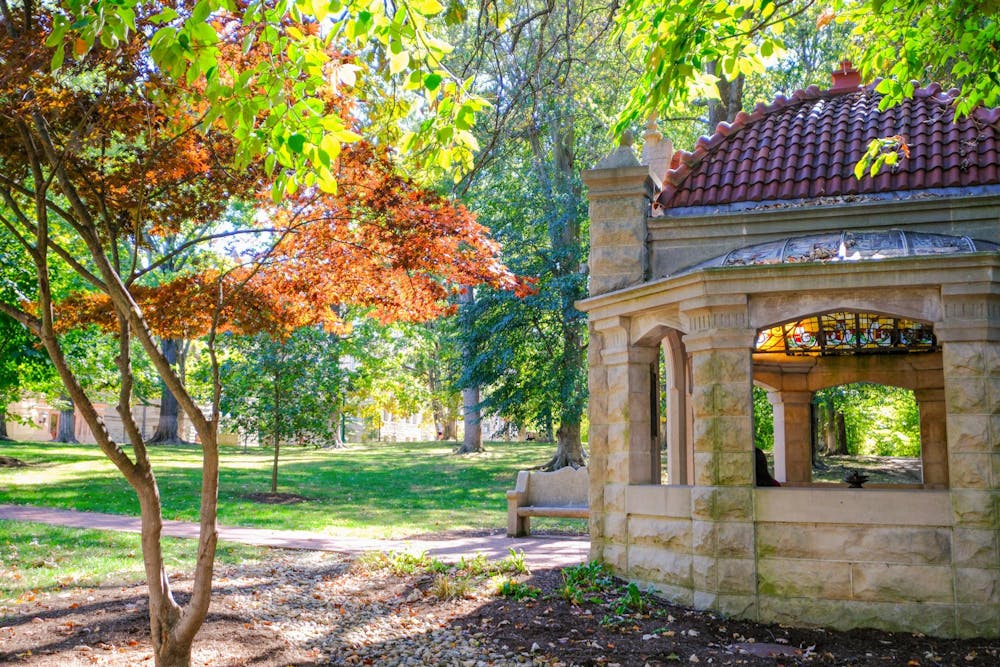Indiana is on track to have a warmer winter according to the National Oceanic and Atmospheric Administration. Despite chilly temperatures earlier this month, Bloomington is expected to reach a high in the 60s next week.
The NOAA prediction model forecasts a 33-40% chance of winter temperatures above the typical averages. From 1991 to 2021, Bloomington’s average temperature from December to February was 32.5 degrees.
But why is it so warm this winter? One reason could be La Niña. Every three to five years there is a period when the temperatures in the Pacific Ocean near the equator drop for three consecutive months. This event’s biggest impact to the continental United States happens in the winter. In Indiana’s case, it can cause warmer and wetter climate conditions.
The reason “La Niña” affects Indiana is because it changes the shape of jet streams, said IU assistant professor of earth and atmospheric sciences Paul Staten. Jet streams, which affect weather patterns, hang over the atmosphere in Canada during the summertime and slowly migrate over the continental U.S. as winter begins, which causes the changes in weather patterns.
The changing patterns of jet streams caused by the possible “La Niña” can also affect extreme weather patterns. Storms ride jet streams, and when the jet streams become less predictable, it can lead to extreme weather, Staten said.
But there are other reasons for unpredictable weather patterns that stem from climate change.
“Something we are seeing this year is hurricanes have intensified quickly,” Staten said. “It takes warm ocean water to do that. We are also seeing heavier rainfall in storms.”
Although there is a notable uptick in intensified storms, Staten said he is surprised with how well weather prediction models have held up by consistently predicting events as well as 10 days out.
“I don’t think people realize how much predictive models have improved,” Staten said. “With prediction models in the 80’s and 90’s, there would be a big forecast, and even a day before the event, they couldn’t get them right.”
Although the predictive models have held up, Staten said he thinks more needs to be done to mitigate the increase in extreme weather, including infrastructure changes. City planners use an equation called the return interval to build the infrastructures of a city. For example, the return interval for floods is a 1-in-100 years event.
“I think we are seeing the effects of climate change right now,” Staten said. “City planners plan to withstand a 1-in-100 years flood, but now it’s more like a 1-in-15 years flood.” This means that a flood that has a 1% chance of happening each year now has about a 7% chance of happening each year.
An increase in rain is enough to accelerate the impact storms have on infrastructure. A 20% increase in amount of rain can increase the impact of a storm by greater than 20%, Staten said.
With the increase in extreme weather and the other indicators of climate change, Staten said there are a few things students can do to help.
“You and I can try to bike or walk to work, but it’s going to take policies at local, state and federal levels that address climate change,” Staten said. “It’s important to think about these things when we vote.”
CORRECTION: This story has been updated to reflect an accurate forecast for next week.






